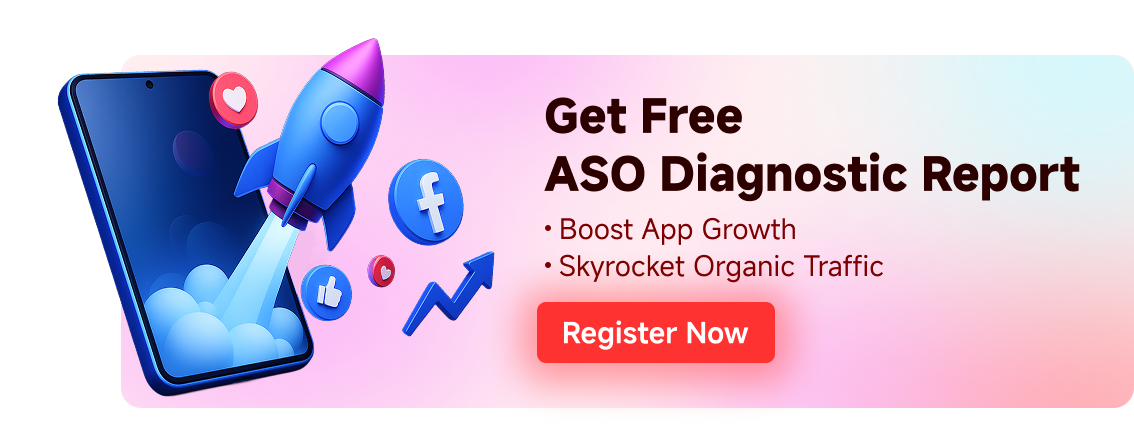Free consultation with ASO specialists
Doing ASO for the first time or have no idea how to carry out targeted optimization of your app?
We offer one-on-one customized services provided by app marketing specialists
Competitor ASO Analysis Practical Guide: Quickly Improve App Ranking and Conversion (with 7-Step Method)
2025-06-25
In today's fiercely competitive mobile app market, App Store Optimization (ASO) is no longer an "option", but a lifeline for acquiring users and gaining exposure. However, simply optimizing your own title, description, and keywords is far from enough. Have you ever wondered: why do competitors always rank ahead? Why are their users more satisfied? A systematic and in-depth ASO analysis report of competitors is the key to solving these puzzles and turning competitors' experience into fuel for your own growth. Ignoring it, your app may miss traffic silently, and the cost of customer acquisition will continue to rise. This guide will provide you with a practical framework for analyzing competitors' ASO, helping you understand the market landscape, mine growth gold mines, and significantly improve your app's ranking and conversion rate.
1. Why not do ASO analysis of competitors, your app may be dying slowly?
Simply put, competitor ASO analysis is a comprehensive decoding of your main competitors' performance in the app store (App Store & Google Play): what keywords do they use to grab rankings? How does the product page attract clicks? Are users praising or criticizing? What are the actions for updates and promotions? Its core value lies in: By comparing benchmarks, accurately locate the optimization space and growth breakthrough of your own App.
In the face of a huge influx of new apps every month, it is difficult to break through with only "good enough" products and basic ASO. Systematic competitor analysis brings you irreplaceable benefits:
-
Gold mining keywords: Uncover how competitors structure keywords to secure top rankings, equipping your metadata optimization (title, subtitle, description, keyword fields) with actionable intelligence to immediately boost your app's ranking and organic visibility.
-
Discovering the blue ocean market: From competitor user feedback and feature comparison, accurately capture unmet needs and innovation opportunities, guide product iteration direction.
-
Agile Response to Change: Real-time monitoring of new features, marketing activities or ASO strategy adjustments of competitors will help you to respond quickly and maintain competitiveness.
-
Optimize the conversion funnel: Learn how competitors attract users to download through icons, screenshots, videos and description copywriting, and improve the conversion rate of your own product page.
-
Build a solid foundation: Resist algorithm fluctuations and competitive impact, and build a sustainable App growth engine.

2. Locking the target: What problems does ASO analysis of competitors need to solve?
Successful competitor ASO analysis must focus on the objectives of two core battlefields:
-
Capture the high ground: get a higher ranking!
-
Core task: Find high-potential keywords that competitors are harvesting traffic but you have not covered or ranked poorly.
-
Optimization direction: Expand the keyword library, improve the coverage and ranking of core keywords and long-tail words, and maximize search visibility.
-
-
Conversion: Get more downloads!
-
Core task: Deeply understand the "magic" of attracting users to click and download (visual design, copy selling points, user reviews), while finding its weaknesses (poor ratings).
-
Optimization direction: Based on SWOT analysis, optimize all elements of your product page (icons, screenshots, videos, descriptions) and the user experience (UX) of the app itself to significantly improve the conversion rate from seeing to downloading.
-
3. Practical Analysis: 7 Steps to Create a High-Quality Competitor ASO Analysis Report
A truly valuable report requires a structured approach and keen insight. Follow these 7 key steps:
Step 1: Accurate Locking - Who is Your "Real" Opponent?
-
Direct Competitors: Apps with highly similar functions and highly overlapping user groups (such as your fitness app vs Keep).
-
Indirect Competitors: Solve the same core needs of users but in different ways (such as: your takeaway app vs recipe app).
-
Screening principles:
-
Avoid blindly benchmarking against giants (unless you are also a giant), and prioritize apps with similar scale, stage, and excellent performance.
-
Focus on products that pose a direct threat to you in terms of core keyword rankings, chart positions or user ratings and reviews.
-
Action: Create a dynamic monitoring list of 5-10 core competitors.
-
Step 2: Keyword Mining - Decoding the Traffic Code of Competitors
Keywords are the lifeline of ASO optimization. In-depth analysis of competitors' keyword strategies:
-
Metadata Anatomy: Carefully study which keywords are used by competitors in the app title, subtitle, keyword field (iOS), and description? Pay attention to their combination methods, density (avoid piling up), relevance, and the prominent position of core words.
-
Ratings and Reviews: Use professional ASO tools (such as UPUP) to monitor the overall keyword coverage of competitors, and the list of high-ranking keywords (Top 3, Top 10). Pay special attention to those words with large search volume, related to you but with poor ranking.
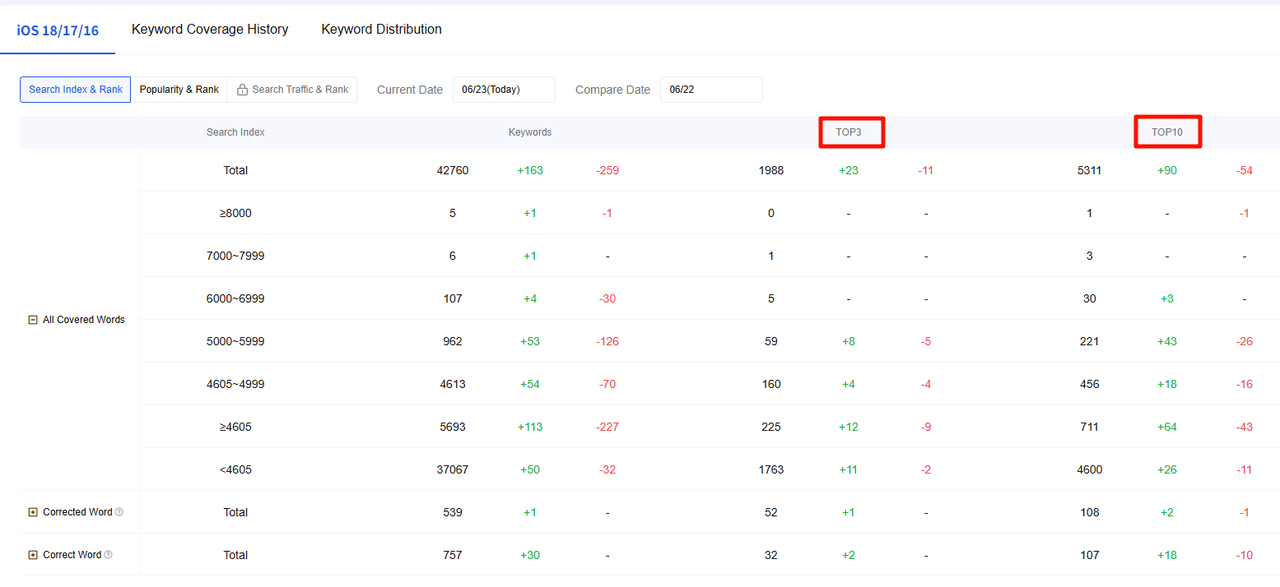
-
Expand your arsenal: Make good use of AI tools, synonym libraries, high-frequency words in user reviews, and search association words in app stores to continuously expand your highly relevant keyword library.
-
Objective: Identify "golden keywords" with high search volume, medium to low competition and high relevance, and include them in your optimization plan.
Step 3: Visual Attack - Dissecting How Competitors Attract Clicks and Downloads
The first impression of the product page determines the click-through rate, which in turn affects conversion. Carefully evaluate the creative materials of competitors:
-
Icon: Is it simple, unique and memorable? Does it catch the eye in an app store environment? Do the colors and style match the target user's aesthetic?
-
Screenshots: (Core Ratings & Reviews!)
-
Does it clearly and powerfully demonstrate the core features, user benefits and unique selling points?
-
Does the copywriting hit the pain points and arouse interest? (Is it a list of functions or a value transfer?)
-
Is the design layout, color matching and font professional and beautiful? Is it horizontal or vertical?
-
Does it show real use cases and results?
-
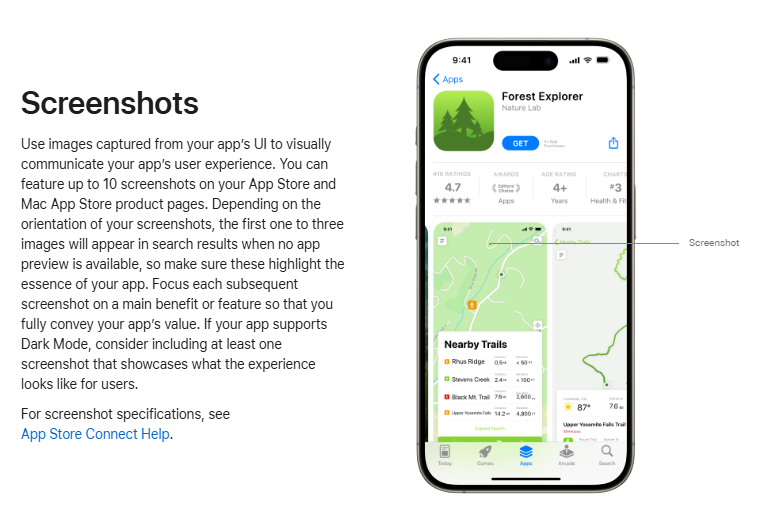
-
Preview Video:
-
Does it grab attention in a short period of time (first 3-5 seconds) and clearly communicate the core value?
-
Does it vividly demonstrate the key usage process and user experience?
-
How about the music, rhythm and picture quality?
-
-
Action: Summarize the excellent design patterns and trends of competitors, combine with your own brand, conceive A/B test plan, find the most visual combination that can impress your target users.
Step 4: Listen to users - mining treasures and avoiding pitfalls from competitor reviews
User ratings and reviews are the invisible drivers of conversion rates (data shows that conversion rates can jump by 89% when ratings increase from 3 stars to 4 stars!). In-depth analysis of competitor user feedback:
-
Five-star positive reviews: What features, characteristics or experiences of the competitor's product do users like most? This represents its core advantages and the value points recognized by users.
-
Low star ratings and negative reviews: What are users most dissatisfied with? Is it frequent crashes, missing features, difficult-to-use interfaces, poor customer service, or hidden fees? These are often unmet needs and your opportunity for differentiated competition!
-
Analytical skills: Pay attention to the positive and negative words that appear frequently, and classify them by theme. It is more efficient to use tools for review sentiment analysis and keyword extraction.
-
Objective: Identify the strengths (learn) and weaknesses (attack/avoid) of your competitors, providing golden insights for product optimization and user communication.
Step 5: Insight into scale - estimate the download volume and growth trend of competitors
Download volume is an important measure of market acceptance:
-
Follow the dynamics: Not only should you look at the static ranking, but also observe the trend of its ranking (free chart / bestseller chart) and the growth rate of reviews.
-
Data inference: Use the download volume estimates provided by ASO tools as a reference (note that they are estimates). Based on changes in ranking, review growth rate and market activities, determine the current life cycle stage of competitors (growth phase? Stable phase? Decline phase?) And market heat.
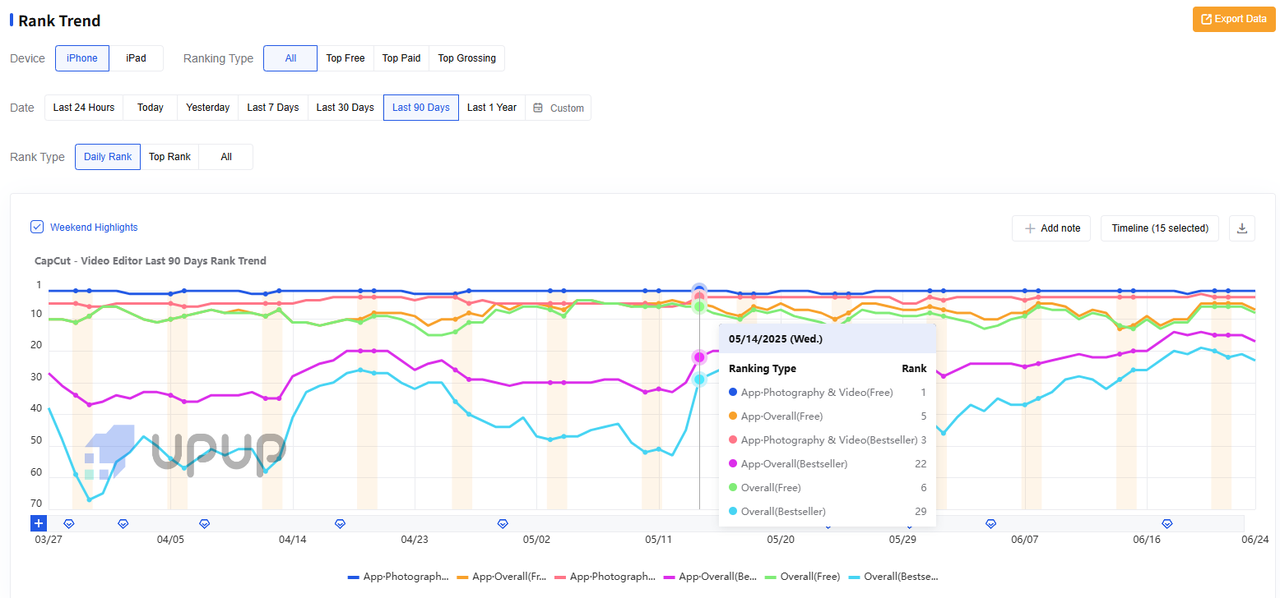
-
Source analysis: Try to determine whether its growth is mainly from the natural traffic brought by ASO or large-scale paid promotion activities.
Step 6: Experience is king - become a user and feel the strengths and weaknesses of the UX of competitors
Product pages attract clicks, but excellent user experience (UX) is what keeps users, wins word-of-mouth and repeat purchases:
-
Deep Experience: Download and use the core competitor's app. As a real user, complete the core tasks (such as registration, main function usage, achieving goals).
-
Evaluation Dimensions:
-
Fluency: Is the operation smooth and unobstructed? How is the loading speed?
-
Intuitiveness: Is the interface design clear and easy to understand? Is navigation simple?
-
Value: Are the core features easy to use and effective? Do you quickly feel the value of the product?
-
Ratings: Do the visual design, animation effects, and interaction details bring a sense of pleasure?
-
Newbie Guide: Is it effective in helping new users get started?
-
-
Comparison and reflection: Compare your app with others item by item, find out the gaps and improvement points in user experience.
Step 7: Dynamic monitoring - keep a close eye on the moves of competitors
The competitive landscape is changing rapidly, and analysis is not a one-time effort:
-
Monitoring focus:
-
Version update: Update frequency? The focus of each update (new features? Bug fixes? Performance optimization? ASO metadata adjustment?)
-
ASO changes: Have you optimized the title, subtitle, keyword list, description copy, icon, screenshots/video?
-
Marketing activities: Are there any promotions, discounts, freebies, or joint activities in the app or app store? Have you received an Apple/Google editor's recommendation (Featured)?
-
Store Policy Differences: Note Apple App Store Unlike Google Play, which focuses on the review of activities ( Apple puts more weight on "limited-time exclusives" ; Google Play focuses more on "discounts" ).
-
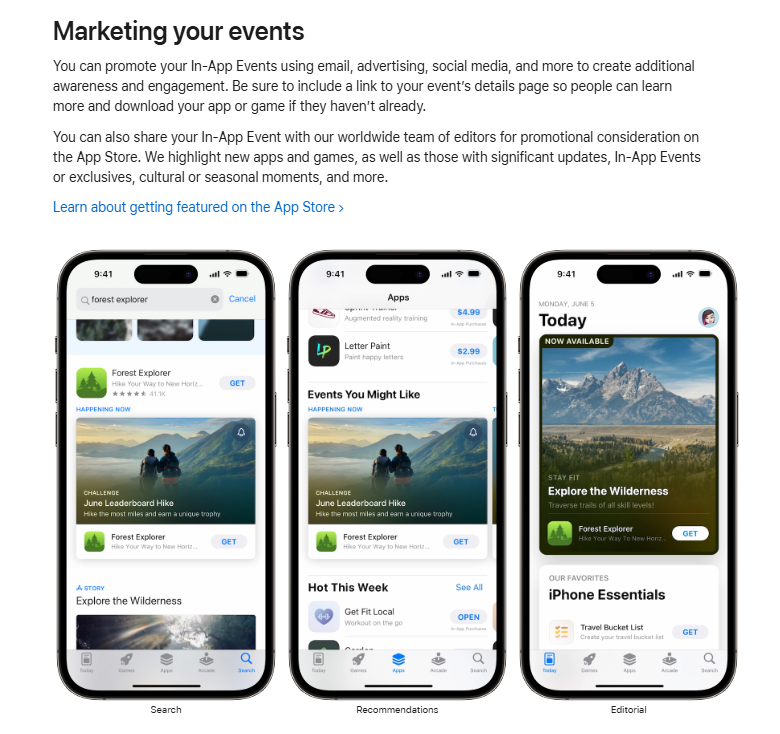
-
Action: Establish a regular (such as monthly/quarterly) mechanism for scanning the dynamics of competitors, and promptly capture key changes and assess their impact.
4. Turn insights into growth: Key actions after competitor analysis
Finishing the report is just the beginning. Turning insights into action drives growth:
-
ASO strategy upgrade:
-
Keywords: Optimize your app metadata now! Integrate the gold keywords you've mined into your title, subtitle, keyword field and description. Adjust inefficient keywords.
-
Visual materials: Iterate your icon, screenshots and video based on competitive analysis and A/B testing results. Make sure they effectively communicate value and inspire downloads.
-
-
Product and Experience Optimization:
-
Functional iteration: Prioritize the pain points of your target users that you find in competitors' negative reviews, and quickly launch improved or differentiated features.
-
UX improvement: Learn from the UX advantages of competitors, fix the problems of smoothness and usability, and improve user satisfaction and retention rate.
-
Description: Strengthen the selling point copy that can solve the core pain points of users, and respond to the needs reflected in the positive reviews of competitors' users.
-
-
Continuous Monitoring and Agile Iteration:
-
Make competitor ASO analysis a regular task (such as monthly/quarterly cycle). Continuously track the movements of core competitors, changes in keyword rankings, and trends in user reviews.
-
Based on market feedback and competitor actions, dynamically adjust your ASO strategy, product roadmap, and marketing activities. Remember, ASO is a continuous optimization process.
-
5. Conclusion: Turn Competitor ASO Analysis into Your Growth Engine
In the crowded app store, mastering competitor ASO analysis is the key to making your app stand out. By systematically identifying competitors, deeply analyzing their keyword layout, visual strategies, user feedback and dynamic changes, you can gain invaluable market insights, accurately positioning your own optimization space and explosive growth opportunities.
Remember, ASO is not a one-time effort. It's a marathon that requires continuous investment, dynamic adjustment, and data-driven decision making. By transforming the knowledge you've learned from this practical guide to competitor ASO analysis into specific actions every day, week, and month, you can build a solid barrier in the fierce market competition and ultimately drive your app to achieve sustainable and measurable growth.
Theory is a guide, action is a sword!
Mastering the methodology of ASO analysis for competitors is an important first step, but the real challenge lies in continuous execution, deep insights and rapid iteration. In the application market where every second counts, professional tools, experience and time investment are often the key to victory.
Let AppFast Become your ASO growth accelerator!
By choosing AppFast's professional ASO service, you will get:
-
Deep Competitor Analysis: Accurately decode the strategy of competitors and lock in opportunities to surpass them.
-
Keywords gold mine digging: Comprehensively analyze industry trends and competitive layout, accurately position high-value seed words and long-tail words, and build a powerful traffic entry point.
-
Ratings and Reviews: Through professional metadata optimization and Ranking Optimization Strategy , help your app to reach the target keyword ranking Top 1-5 in 3-7 days.
-
All-round store optimization: Covering the App Store and Google Play, optimize the entire chain from visibility to conversion.
Start your App growth journey now! Consult AppFast's professional ASO service immediately to make your app the first choice for users when they search.
Related recommendations
